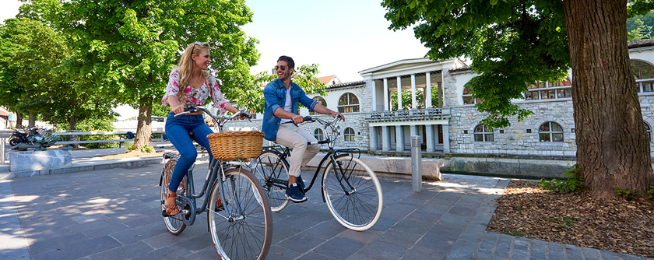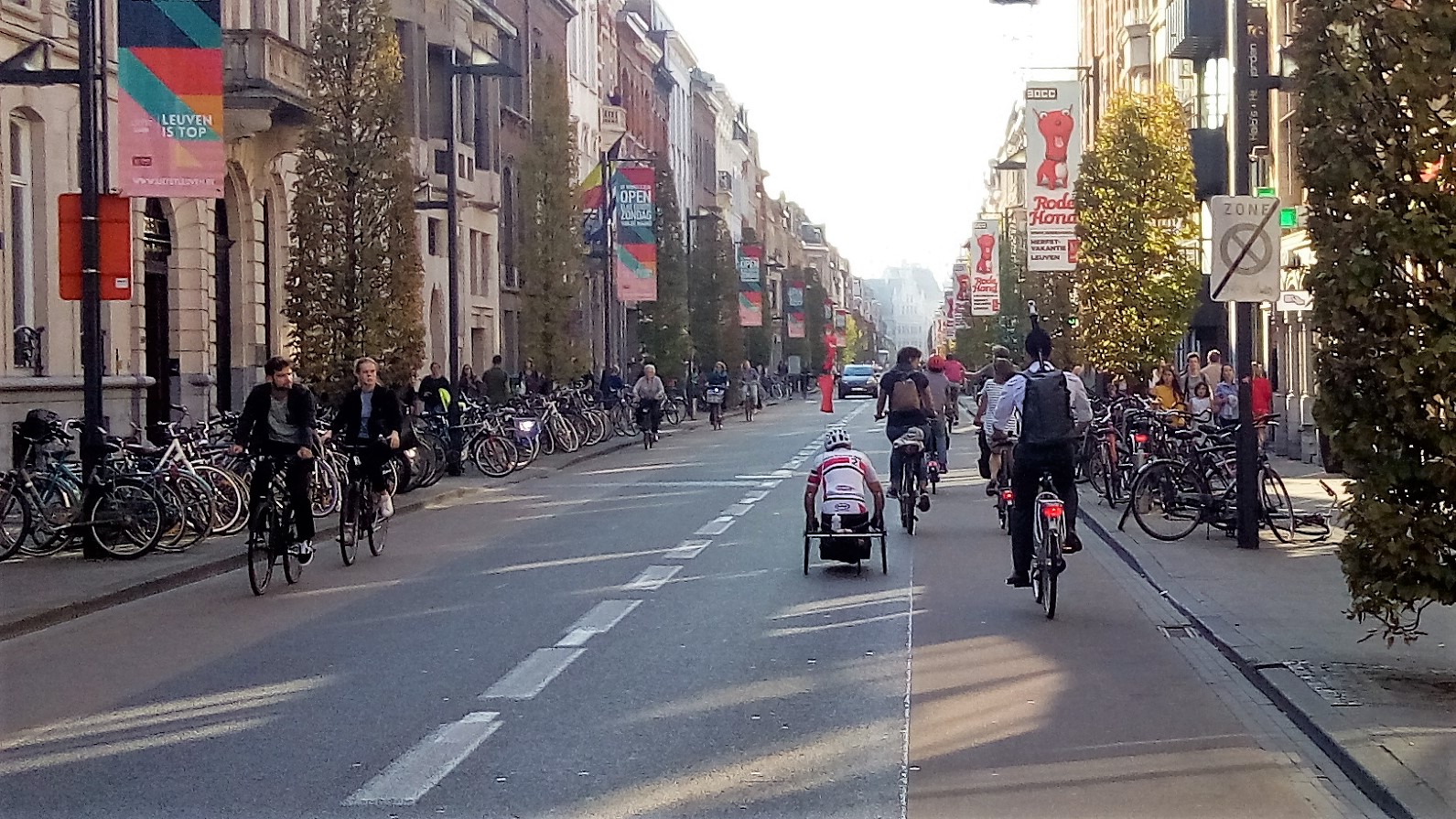Bicycle advocates are used to having to scratch and claw for every protected bike lane, painted line, and bike parking rack to make their city a safer place to ride in car-centric locations.
What if vehicles were completed removed from entire large sections of the city?
This is what happened in two previously car-centric cities, Ljubljana and Leuven, before forward-thinking decision makers stepped in to prioritise pedestrians and bike riders.
Ljubljana, Slovenia
The first case is Ljubljana, the Slovenian capital. Just a year after being elected mayor, Zoran Jankovic introduced and implemented a Vision 2025 plan, aiming to completely pedestrianise the city centre.
At the time, only 40% of the population were in favour of removing cars from the city center. Jankovic went ahead with the plans with the support of town planners, showing immense leadership to move forward with his plan.
A decade later, a whopping 97 per cent of citizens were against reopening the city centre to vehicles.
A new electric shuttle system called ‘Kavalir’ was set up as a mobility solution in the city centre for those who require it, where routes are personalised for the needs of the passengers.
Image: Pedestrianisation of Ljubljana is supported by an electric shuttle system (Kavalir), allowing safe and convenient access to the city for those with access requirements.
Thirteen pedestrian and bike-friendly bridges were built to encouraging active travel, and in 2011 a bike-sharing system was brought in which tourists and residents alike use to make over 900,000 trips per year.
There are huge economic benefits to the policies as well, with shops, cafes and restaurants all seeing an increase in visitors and customers, thanks to better visibility and more accessibility with a pedestrianised street front. According to business owner Matic Sopotnik, the difference is “night and day”.
Black carbon emissions dropped by 70 per cent in the car-free area, while the average noise level dropped by six decibels.
“What about delivery drivers?” – Exceptions are made to drivers in certain streets between 6am and 10am to enter the city centre, a common-sense solution to ensure the needs of businesses are looked after.
Ljubljana remains the only European capital city to be car-free and celebrated its 15th anniversary of being so. It is also the only European city to have twice received the prestigious European Mobility Week Award given by the European Commission in 2003 and 2013 and was the 2016 winner of the European Green Capital Award.
Leuven, Belgium
Moving east to another award winner: the Belgian city of Leuven. They are regularly heralded as one of the most sustainable and forward-thinking municipalities and has implemented very bicycle-friendly policies in recent years (winners of European Capital of Innovation Award in 2020 and Europe’s best destinations for 2022 by the European Best Destinations and EDEN Network.).
City planners divided the city into segments, analogous to cutting a cake into pieces, where vehicles are not able to travel from one section to another, completely removing through-traffic from the city centre.
The number of bike riders increased by an incredible 40 per cent in the four years that followed the car-free implementation.
In 2013, Leuven launched its ambitious roadmap to carbon neutrality titled Leuven2030, of which reducing emissions through transport is a key feature. Local businesses, civic bodies and charities are among the 600 members who have signed up to the climate pledges.
The ambitious policies are spearheaded by Mayor Mohamed Ridouani, who was elected in 2019 and has said the pandemic has “pushed [them] to implement a couple of policies faster”, rather than slow down progress.
“People just accepted it, because there was already that use of public space. So this is one of those examples where a crisis can be a moment where you rethink things and actually push through policies much faster.”
Image: Bicycles have priority in the Belgian city of Leuven, where through traffic of vehicles is banned.
A new plan in the Leuven borough of Kessel-Lo will deprioritise cars, seeking to calm through-traffic with the implementation of “one-way streets and banning non-resident cars from residential streets.”
‘Smart traffic lights” will detect the presence of pedestrians and allow them to cross first, then bicycles, then public transport and only after that allowing passenger cars through.
Leuven and Ljubljana are just two international examples that show that bike riders and pedestrians can reclaim our cities. It takes the political drive from forward-thinking planners and decision makers to install strong policies, which will have far ranging benefits to bicyclists, pedestrians, businesses, residents and tourists alike.
Become our friend
Find out more about Bicycle Network and support us in making it easier for people to ride bikes.




